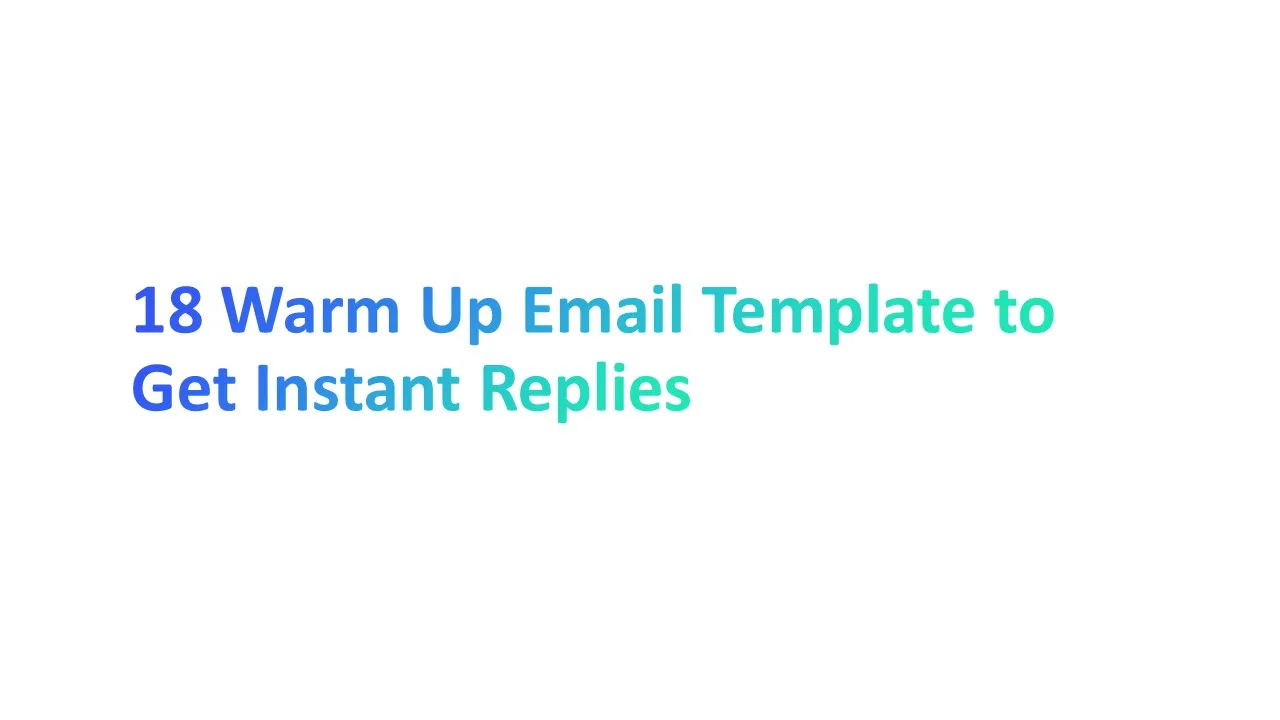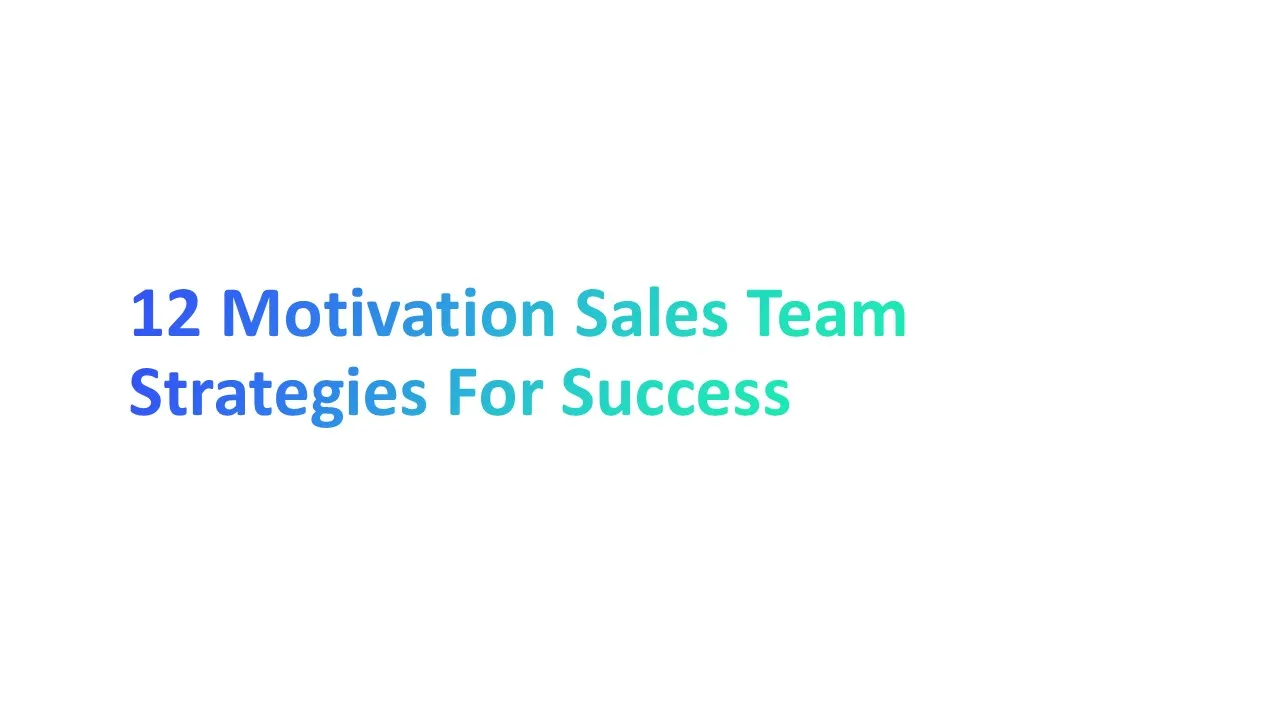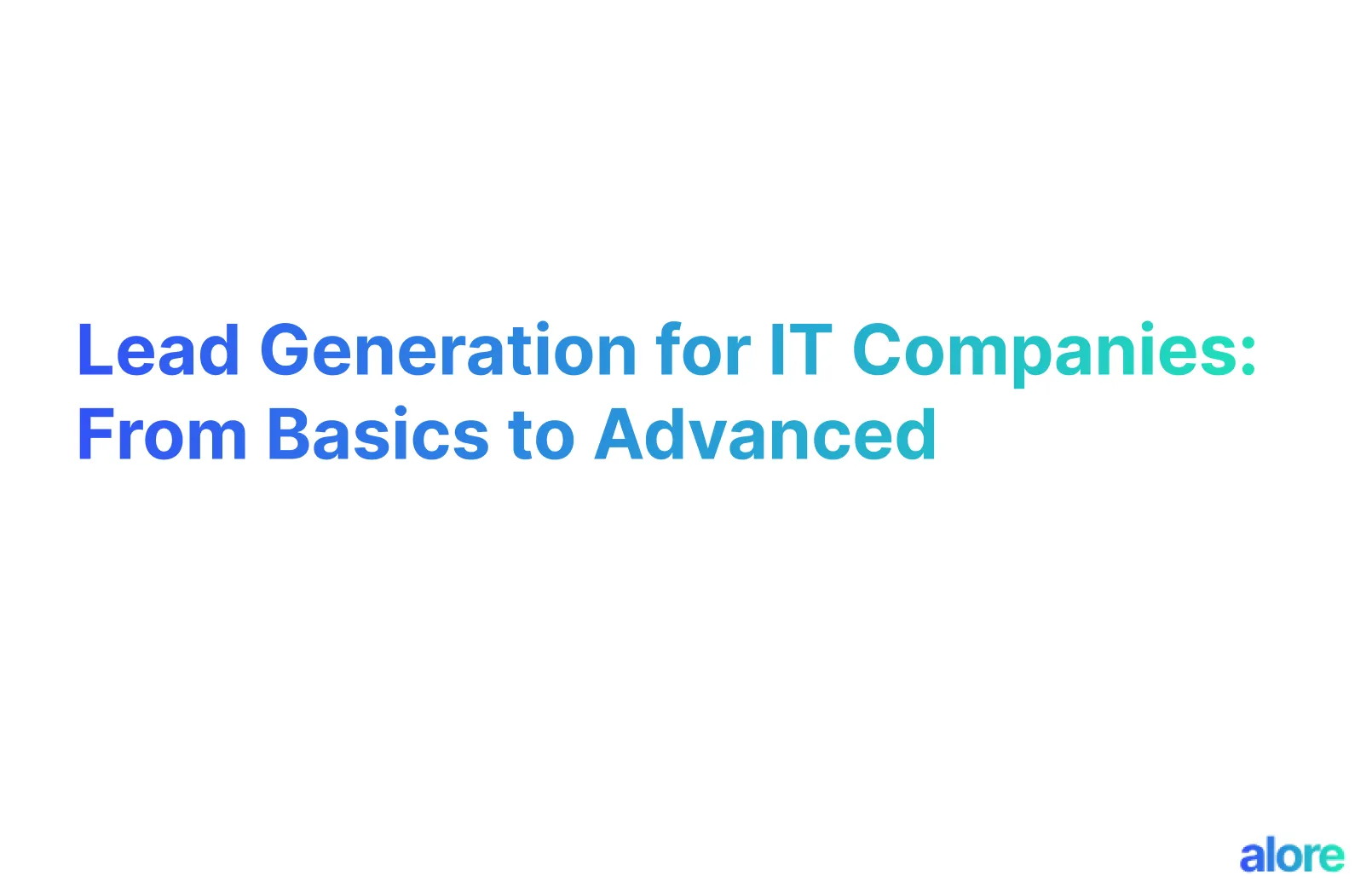Our guide will give you 18 powerful warm-up email templates designed to help you grab attention and start meaningful conversations.
Whether you're nurturing new leads, re-engaging old contacts, or targeting specific audiences like enterprise users or senior management, these templates cover it all. We’ve also included essential tips to stay clear of spam filters and improve deliverability.
Plus, you’ll find tools like Alore to streamline and optimize your email campaigns, ensuring every message hits the inbox and gets noticed.
Ready to make your emails impossible to ignore?
What are Warm-Up Emails?
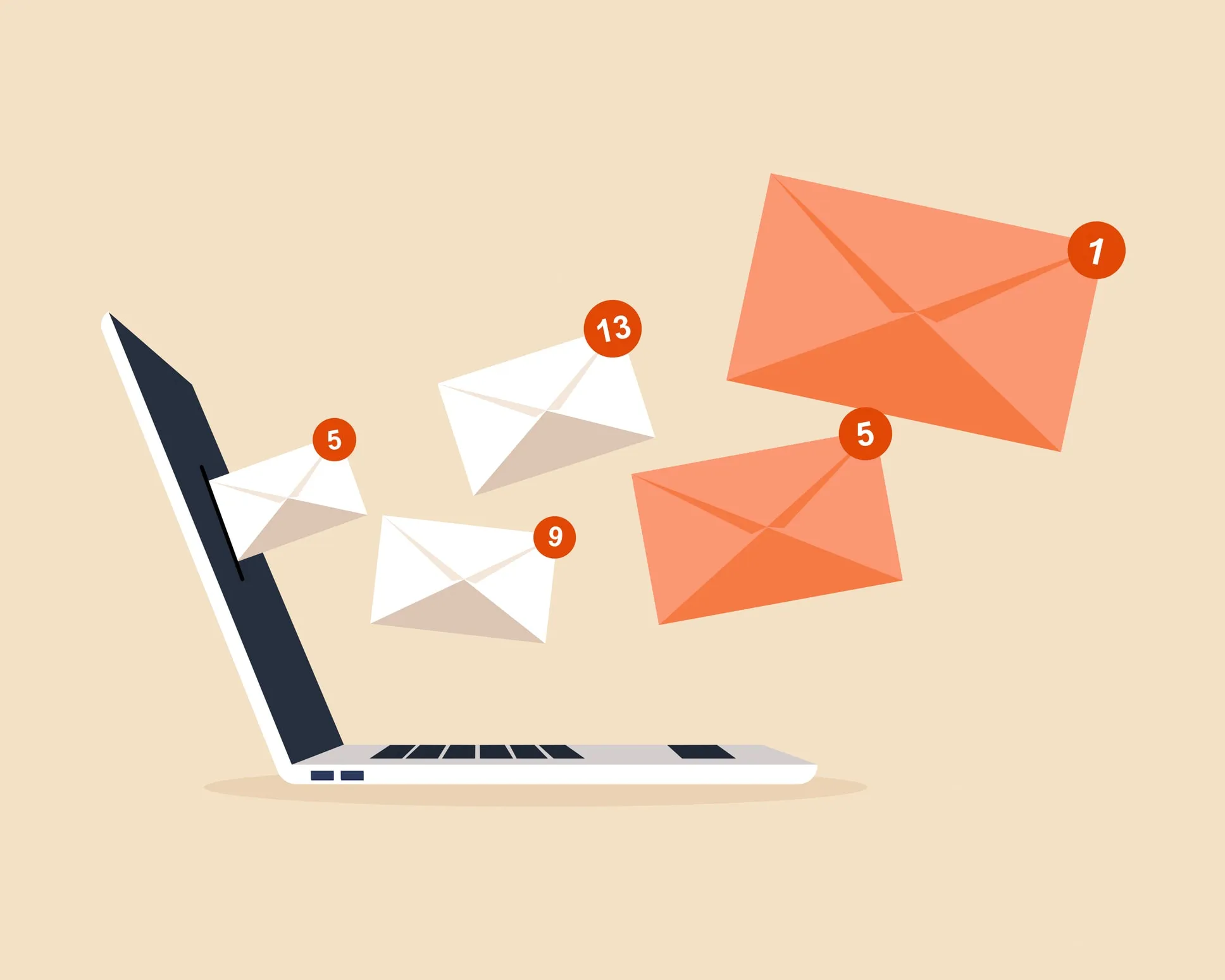
A warm-up email is like a friendly introduction. It’s the email you send to make a positive first impression with a new contact. Think of it as a way to gently open up a conversation without pressuring the other person.
These emails are especially useful when reaching out to cold leads—people who don’t know your business yet. Unlike transactional emails, warm-up emails aim to build relationships rather than simply deliver information.
Instead of diving straight into sales talk, a warm-up email offers something valuable or interesting to the reader. It might include helpful tips, ask a friendly question, or share a quick success story to keep things light.
"See how Alore’s user-friendly dashboard can streamline your warm up email campaigns for maximum impact!"
Top 18 Warm Up Email Templates
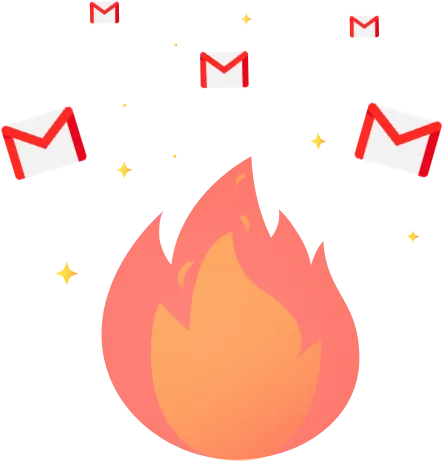
1. Introductory Cold Email Templates with a Warm Twist
Start with a friendly opener. Introduce yourself briefly. Show genuine interest in the recipient’s company or job function. Using an effective cold email template allows you to start a conversation without overwhelming the reader.
Why it’s Important:
This approach builds a connection without pressure. It also helps your email avoid being marked as spam, which protects your sender reputation.
Example Template:
2. Value-First Templates
Give value right away. Share something useful, like an industry tip, a helpful article, or a resource related to the recipient’s job function.
Why it’s Important:
Offering something valuable without asking for anything builds trust. It shows you’re interested in helping, not just selling, which encourages replies.
Example Template:
3. Question-Based Engagement
Ask a simple, relevant question that sparks curiosity. For instance, “What’s the biggest challenge you face in [specific area]?” or “How does your team approach [relevant topic]?” Keep it easy to answer so the reader feels encouraged to respond.
Why it’s Important:
People like sharing their opinions. A question-based approach makes your email feel personal and invites a conversation, increasing response rates.
Example Template:
4. Personalized Connection Starters
Personalized emails feel more genuine and can catch the recipient’s attention. Start by mentioning something specific about the person or their company.
Why it’s Important:
Personal touches make your email feel real and relevant. People are more likely to respond if they feel you know them or have something in common.
Example Template:
5. Event Follow-Up Templates
Following up after an event is a smart way to keep the conversation going.
Why it’s Important:
This type of email keeps your contact list engaged after events, which improves response rates. People are more likely to respond to someone they’ve met, and it’s a natural way to build a connection.
Example Template:
6. "Did You Know?" Insight Emails
An “Did You Know?” email provides interesting or helpful facts related to the recipient’s industry. This email style is informative and positions you as a helpful contact.
Why it’s Important:
Sharing industry insights helps build your credibility. It’s a friendly way to offer value without asking customers for anything in return, which encourages a positive response.
Example Template:
7. Storytelling Templates
Storytelling is a great way to keep your reader’s attention. Start by sharing a short, relatable story about how you or your company helped someone else with a similar need. Storytelling makes your email feel more personal and keeps the reader interested.
Why it’s Important:
Stories are memorable and create a stronger connection. By sharing real-life examples, you show the reader how you can help them too.
Example Template:
8. Feedback and Input Requests
People like sharing their opinions. Asking for feedback is a simple way to get a response. This type of email feels genuine and shows you value the reader’s input.
Why it’s Important:
Feedback requests make your contacts feel valued. This type of engagement can also provide useful insights for your business, helping you improve your service.
Example Template:
9. Social Proof-Driven Emails
Social proof is a powerful tool in marketing. Use it by showing how other people, especially respected brands or experts, have benefited from your product. Including well-known examples can make your offer more credible and enticing.
Why it’s Important:
Social proof builds trust. People feel more comfortable trying something that has worked well for others, making them more likely to engage with you.
Example Template:
10. Milestone or Anniversary Check-In Templates
Milestone or anniversary emails are perfect for reconnecting with your contacts in a friendly, natural way. Send these emails on the anniversary of when your contact joined your email list or after your contact lists a significant company milestone.
Why it’s Important:
These emails remind contacts that you value them. It’s a thoughtful way to reconnect without any sales pressure, which often leads to higher response rates.
Example Template:
11. Trend-Focused Warm-Up Templates
People enjoy learning about trends. Use this template to share industry updates or new trends relevant to your contact’s organization, job function or interests.
Why it’s Important:
Trend-focused emails offer something useful right away. They show that you’re staying up-to-date with industry news, which helps build your credibility and keeps contacts interested.
Example Template:
12. Hyper-Relevant Case Studies
Case studies can provide great insights. Share a short case study that’s highly relevant to your contact’s business type or needs. This shows real value and makes the contact curious about similar results.
Why it’s Important:
A specific, relevant example adds a powerful touch to previous conversation. By sharing how other companies have benefited, you demonstrate proof of success, encouraging your contact to reach out and learn more.
Example Template:
13. Exclusive Insider Tip Templates
This template shares insider tips or “secret” knowledge related to the recipient’s industry or job function. You’re providing real value without asking for anything in return.
Why it’s Important:
Exclusive tips make the recipient feel valued and give them something they can’t easily find elsewhere. This creates trust, increasing the chance of future conversations.
Example Template:
14. Resource-Sharing Warm-Ups
In this template, you share a helpful resource, like a guide, report, or video that’s useful to the recipient. This approach keeps the email helpful and not sales-driven.
Why it’s Important:
Sharing valuable resources shows that you’re focused on helping rather than selling. It gives your contacts a reason to remember you and increases the likelihood they’ll engage with future messages.
Example Template:
15. Goal-Oriented Templates
This template asks about the recipient’s goals and offers ideas to help reach them.
Why it’s Important:
By focusing on their goals, you’re showing genuine interest. People appreciate this approach, as it shows that you’re looking to understand their needs rather than just promoting a product.
Example Template:
16. Complimentary Audit or Analysis Offer
Offering a free audit or analysis is a great way to send marketing emails to catch your contact’s attention. This type of email shows you want to help without asking for a commitment.
Why it’s Important:
A complimentary audit gives value upfront. It allows the recipient to see your expertise firsthand, which builds trust and can lead to future conversations.
Example Template:
17. Seasonal or Quarterly Check-Ins
Seasonal or quarterly check-ins are an excellent way to reconnect with contacts periodically. This approach is simple and timely.
Why it’s Important:
Check-ins feel natural and unpressured. They show that you’re available and care about the contact’s progress, making them more likely to respond.
Example Template:
18. Invite to a “No Strings Attached” Chat
Sometimes, the best way to start a conversation is with a friendly, no-commitment invite. This type of email feels casual and low-pressure, which can make it more appealing.
Why it’s Important:
A no-commitment chat makes people feel comfortable. They know there’s no sales pitch, making them more likely to accept the invitation and open up a conversation.
Example Template:
Essential Elements of an Effective Warm-Up Email

1. A Personalized Opener
Starting with a personalized opener shows you’ve done your research. Address the recipient by name and mention something specific about their role, recent work, or industry trends.
A good opener might be, “Hi [Name], I saw your recent blog post on [topic]. It’s great to see your insights on [related field].”
Why Personalization Matters: Emails with personalized openings increase response rates by 29%, as they make the recipient feel valued and seen.
How to Implement:
- Take a few minutes to review their LinkedIn profile.
- Look for recent achievements or industry contributions.
- Mention specifics that show you’re not sending a generic message.
"Automate and personalize effortlessly—discover Alore’s seamless integration options for your email campaigns."
2. A Clear Purpose Without Pressure
After your opener, state the purpose of your email clearly but without pressure. This is about inviting engagement, not pushing for it.
For example, “I’d love to share a few insights on [topic] that might be helpful for your current projects.” Avoid asking them to commit to a call or meeting right away.
Why a Clear Purpose Helps: People are more likely to respond to cold emails when they feel the email is genuinely helpful rather than trying to sell them something.
How to Implement:
- Frame your purpose as an offer to help, rather than a demand.
- Keep the focus on their potential interest or needs.
- Avoid heavy sales language that might turn them off.
"Schedule smartly with Alore's flexible email scheduling tools—reach your audience at the perfect time."
3. A Value-Driven Hook
A warm-up email should end with a value-driven hook. This could be sharing a link to a useful resource, offering a free tool, or providing insights relevant to their role.
For example, “Here’s a recent industry report on [related topic] that I thought might interest you—[insert link].”
Why Value Matters: Giving something of value increases the chance of a positive response. People are more likely to engage when they feel they’re receiving something beneficial.
How to Implement:
- Share a resource that’s useful, such as a relevant article, report, or tool.
- Ensure the resource is accessible and doesn’t require them to sign up.
- Keep it brief and clearly state why it could be helpful to them.
4. A Call-to-Action That’s Easy and Low-Commitment
In warm-up emails, the call-to-action (CTA) should be simple and non-intimidating. Instead of asking for a big commitment, make the CTA as easy as possible.
For example, “Would you be interested in a quick look at our latest report?” This encourages them to respond without feeling overwhelmed.
Why It’s Important: An easy, low-commitment CTA is more likely to get a positive response. A well-crafted warm-up email ensures your message reaches the right person, increasing engagement.
How to Implement:
- Keep the CTA short and specific.
- Use language that feels casual and doesn’t push for a sale.
- Focus on offering something beneficial, like a resource or a short meeting.
5. An Open-Ended Question for Engagement
Adding an open-ended question encourages the recipient to reply. Ask something related to their work or goals, like “What challenges are you facing in [specific area]?” Open-ended questions invite them to share more and make the email feel conversational.
Why It’s Important: Open-ended questions create an opportunity for dialogue. Emails with questions have a 20% higher response rate because they invite interaction.
How to Implement:
- Use a question that relates to their job function or interests.
- Avoid yes-or-no questions; ask about their experience or needs.
- Keep it relevant to the topic of the email to ensure the conversation flows naturally.
6. Relevant Social Proof or Success Story
Including social proof, like a short success story, can make your email more credible. Share a quick example, such as, “One of our clients improved their open rates by 30% using our tips.” Social proof helps the recipient see real-world results and builds trust.
Why It’s Important: Social proof reassures recipients by showing how others have benefited. Emails that contain relevant case studies or testimonials can improve trust, leading to a 35% increase in responses.
How to Implement:
- Keep the story brief, focusing on how your product or service helped similar clients.
- Use numbers to show concrete results, making the example more convincing.
- Choose a success story that aligns with the recipient’s industry or business needs.
"Ready to enhance your email strategy? Try Alore today and experience results that truly engage."
Warm-Up Email Tips to Avoid Spam Filters
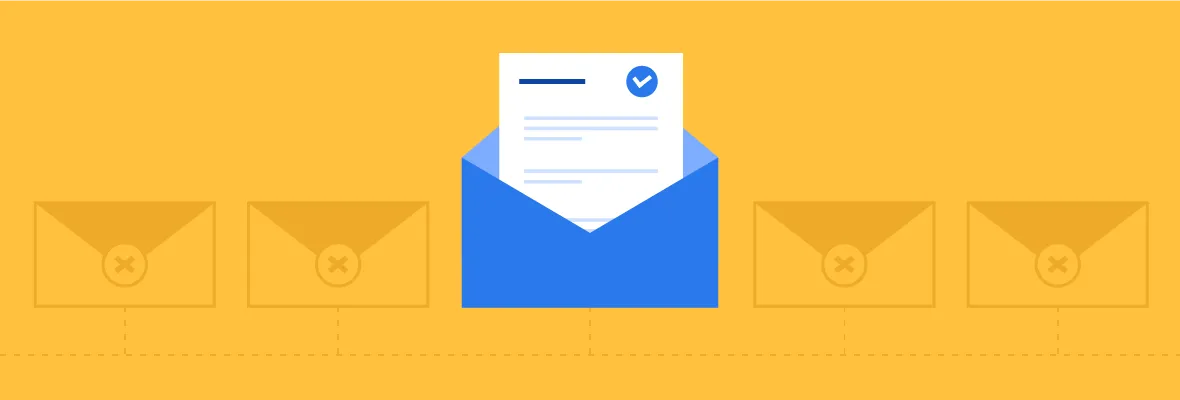
1. Use a Recognizable "From" Name and Email Address
Your “From” name and email address play a huge role in email deliverability. People are more likely to open emails from names they recognize, and email providers consider this factor to help filter out spam.
The “From” name is what your recipient sees when they receive your email, like “Anna from [Your Company].” The email address should ideally use your business domain (e.g., “anna@company.com”) rather than a free provider or account like Gmail.
Why It’s Important:
Spam filters check for unusual or generic “From” names and unrecognized email addresses. Using a personal, recognizable sender name and a business domain helps to build trust with both the recipient and the spam filters.
How to Do It:
- Use the name of someone familiar to your contacts (like a sales or support team member).
- Make sure your domain is verified with a good reputation.
- Avoid using free email addresses (like Gmail or Yahoo) for professional communications. A dedicated IP is also beneficial for larger campaigns as it ensures consistent sending behavior, which spam filters favor.
2. Keep Subject Lines Short and Spam-Free
Your subject line is one of the first things both your recipient site and spam filters see. If it looks suspicious or contains certain “trigger” words, it’s likely to be flagged.
Subject lines should be brief, clear, and avoid words that commonly trigger spam filters, like “Free,” “Congratulations,” or “Urgent.”
Why It’s Important: Emails with clear, short subject lines have higher open rates. According to studies, emails with subject lines under 50 characters are more likely to avoid spam filters and catch the reader’s attention.
How to Do It:
- Aim for subject lines that are 6-10 words long.
- Use words that describe what’s inside without overselling it, like “Quick Insights on [Topic].”
- Avoid all caps or too many exclamation marks (!), as these are common red flags for spam filters.
3. Balance Image and Text Ratio
Including images can make your email look more engaging, but too many images can trigger spam filters. Email providers like Gmail and Outlook expect a good balance between images and text, as this makes the email look more natural.
Balancing the image-to-text ratio involves ensuring there is enough text to go with your images. Spam filters often flag emails with a high image-to-text ratio, so including text that complements the images is essential.
Why It’s Important: Emails with heavy images and minimal text may look like spam. According to industry studies, emails with a 20-80% image-to-text ratio (20% images, 80% text) tend to avoid spam folders more effectively.
How to Do It:
- Use one or two images in a warm-up email but make sure there is plenty of text to explain your message.
- Avoid using large, uncompressed images, as these can make emails load slowly.
- Always add a few sentences or paragraphs that provide context to any visuals.
4. Limit Links and Avoid Shortened URLs
Links can be useful, but too many of them can hurt your email’s chances of getting delivered. Including multiple links can make your email appear “promotional,” which is often flagged as spam.
Shortened URLs are especially suspicious, as spam filters view them as a way to hide real destinations. Instead of filling your email with several links, pick one main link. Avoid using URL shorteners (like Bitly or TinyURL) as these services are commonly used in spam emails.
Why It’s Important: Studies show that emails with a high number of links are 2.5 times more likely to be flagged as spam. Email providers see shortened URLs as risky because they mask the true destination.
How to Do It:
- Use only one or two links in your email, and ensure they lead to reputable sites.
- Avoid short links. Instead, link naturally with anchor text in sentences.
- If you include links to your company website, make sure your website is reputable and has proper security measures (like HTTPS).
5. Avoid Spam-Trigger Words in Body Content
Certain words can cause your email to be flagged as spam. Words like “free,” “buy now,” or “click here” can trigger spam filters and prevent your email from reaching its destination.
Spam-trigger words are common phrases that email providers often see in spam emails. Using these can make your email look suspicious, even if it’s genuine.
Why It’s Important: Emails flagged by spam filters often never reach the inbox, reducing open rates and engagement.
How to Do It:
- Avoid promotional phrases like “guaranteed” or “100% free.”
- Keep language natural and professional, focusing on informative content rather than heavy sales language.
- Instead of saying “limited time offer,” try explaining the value directly without pressure.
By using natural language and minimizing promotional words, you increase the chance of your warm-up emails bypassing spam filters.
"Boost your delivery rates with Alore's built-in spam protection—make every email count!"
6. Consider Using a Dedicated IP Address for Consistent Sender Reputation
A dedicated IP address means your emails are sent from a unique IP, rather than one shared with other senders. This can help build a trustworthy sender reputation over time.
With a dedicated IP, you’re the only one responsible for your email activity, which helps control how your IP address is perceived by email providers.
Why It’s Important: Shared IPs may suffer from the behavior of other users, impacting your deliverability if someone else sends spammy content. A dedicated IP ensures that your reputation is in your hands.
How to Do It:
- Request a dedicated IP from your email service provider.
- Maintain a steady email-sending schedule to keep the IP “warm.”
- Use the dedicated IP consistently for your email campaigns, especially when sending marketing emails.
7. Warm-Up Your Domain Before Outreach
To make sure your emails don’t go to spam, start by warming up your domain. Warming up your domain means sending a few emails per day and gradually increasing the number over time. This step is vital for keeping a good sender reputation.
How to do it:
- Start Small: Send only a few emails each day for the first week. Aim for about 10–20 emails daily.
- Increase Gradually: Each week, add around 10-20 more emails per day to your sending rate.
- Monitor Delivery Rates: Track open rates and bounce rates. If bounce rates are high, slow down your rate of increase.
- Use Quality Email Content: Make sure your warm-up emails include helpful content and aren’t too promotional. A warm-up email template with valuable information or updates can keep readers interested.
- Stay Consistent: Send emails regularly, rather than in big bursts, to build a positive sending pattern.
"Protect your domain health with Alore’s comprehensive domainchecks—stay secure and trusted."
8. Choose Reputable Email Service Providers (ESP)
An ESP handles the technical parts of email sending, such as managing your contacts and keeping your emails formatted correctly. Using a reputable provider can improve your sender reputation and improve your email marketing results.
How to do it:
- Deliverability Rates: Research ESPs with high deliverability rates; this ensures your emails are likely to reach your contact list.
- Dedicated IP Options: Some ESPs allow you to use a dedicated IP, which helps in building your domain’s sender reputation.
- Anti-Spam Tools: Look for ESPs with built-in spam filters and spam-checking tools, which help you avoid using spam-trigger words or including too many links.
- Customer Support: Choose an ESP with responsive support in case you run into sending issues or need help adjusting your email campaigns.
- Analytics: Good ESPs provide detailed analytics on open rates, bounce rates, and spam reports, which are essential to adjust your strategy.
Alore - A Perfect Tool for Warm-Up Emails
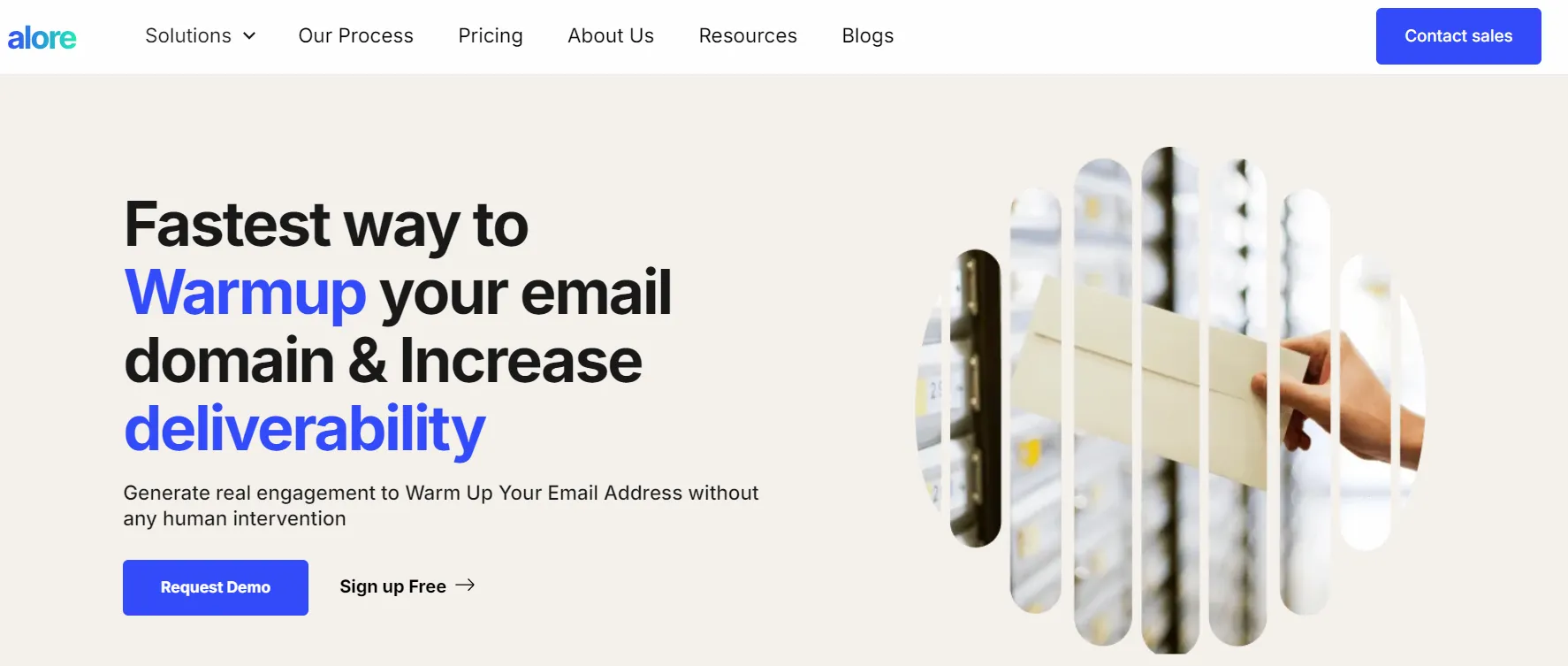
When it comes to crafting and sending effective warm-up emails, Alore offers features that not only simplify the process but also maximize deliverability and engagement—critical aspects for any successful email campaign.
Here’s how Alore’s capabilities can enhance your warm-up email strategy:
1. Smart Warm-Up Campaign Management
Alore’s dashboard makes managing multiple campaigns effortless, allowing you to organize emails based on categories like “Work Campaign Base” or “My Favorite.”
With key metrics displayed right on the dashboard—such as open rates, reply rates, and spam protection—users gain actionable insights into campaign performance, helping them make data-driven adjustments to optimize results.
2. Advanced Warm-Up Settings for Improved Deliverability
Alore’s warm-up campaign settings include features to adjust daily volume, ensuring emails are sent gradually and naturally.
The platform even includes tools to personalize email signatures, maintain consistent branding, and use metrics to track open and reply rates effectively.
For those concerned about email deliverability, Alore provides domain health checks and security recommendations, alerting users to issues with SPF, DMARC, and DNS settings, keeping your emails safe from spam folders.
3. Integration and Automation to Streamline Campaigns
Alore seamlessly integrates with your email accounts, automating the warm-up process.
This allows users to manage campaigns smoothly while maintaining email sending on weekdays only—a feature that mirrors real human behavior and improves authenticity.
4. Comprehensive Analytics Dashboard for Real-Time Insights
Alore’s analytics dashboard provides a real-time overview of campaign metrics, from open rates to reply rates, allowing users to monitor the impact of each email.
This dashboard offers valuable insights, helping users tweak their warm-up email strategy based on real performance data, ensuring higher response rates and fine-tuning each email campaign effectively.
5. Advanced Spam Protection for Better Delivery Rates
Alore emphasizes spam protection by offering warm-up email tools that gradually increase sending volume, an approach designed to build sender credibility.
With visual metrics such as bar graphs for “Mail Sent” and “Reply Sent,” users can track their email delivery rates over time, helping them adjust the frequency and content to avoid spam filters.
6. Flexible Scheduling and Volume Control
Alore provides users with flexible settings for daily mail limits and schedules, even allowing campaigns to be sent according to specific time zones.
This scheduling flexibility ensures emails are sent at optimal times for the target audience, supporting better open rates and engagement, which are critical for successful email marketing campaigns.
7. Comprehensive Domain Health and Security Checks
Alore’s domain health feature assesses critical components like SSL information, domain age, and DNS settings, ensuring that every email sent has a higher chance of bypassing spam filters.
This feature is particularly beneficial to businesses when using a dedicated IP as it ensures the domain remains healthy, maintaining high delivery standards.
Conclusion
Using a warm-up email template helps improve your email campaigns. It improves response rates, open rates, and avoids spam filters. By focusing on clear subject lines, choosing a reputable email service provider, and warming up your domain, you create trust. A thoughtful warm-up process also builds a solid sender reputation. With consistent efforts, you’ll see better delivery rates and engaged contacts.

